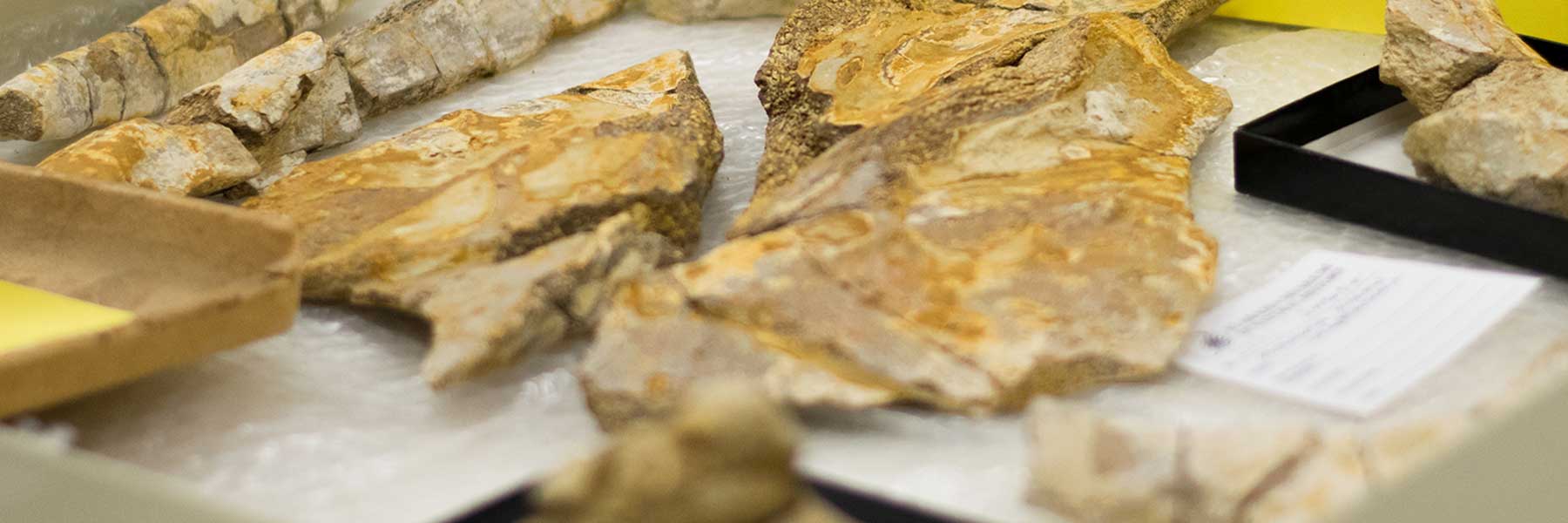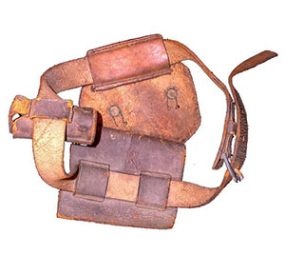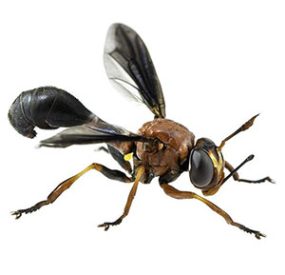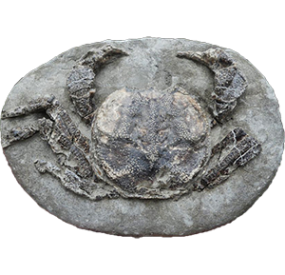Welcome to the Department of Museum Research and Collections!
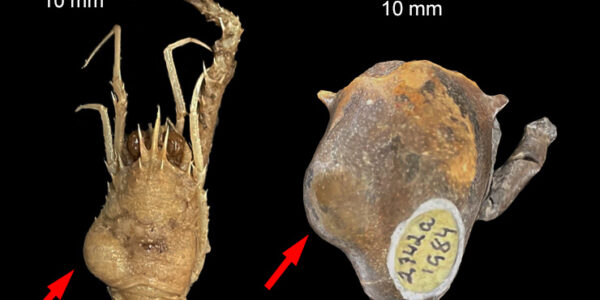
How well do parasitic traces preserve in decapod crustaceans?
Parasites are very common today and are an important part of terrestrial and marine ecosystems. They also have been found in the fossil record, but their small size and soft body make their preservation a rarity. Some parasites leave a trace indicating their presence on or within the host, even if the parasite itself is not preserved. One example are traces made by epicaridean isopod parasites in decapod crustacean hosts such as crabs, shrimps, and lobsters. These isopod parasites can […]
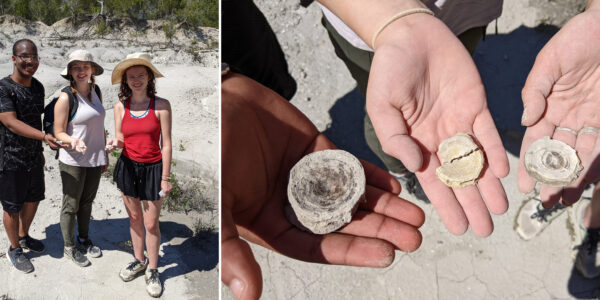
Students discover rare fossils during Blount Scholars course field trips
Paleontology speaks to the imagination of many people, including students at The University of Alabama. Over the last few years, the course Paleontology and Society has been offered in the spring semester via the selective Blount Scholars Program. This course for undergraduate students is taught by Dr. Adiel Klompmaker, UA Museums’ Curator of Paleontology. An important part of this course is focused learning outside the classroom. During several field trips students got a chance to experience fossil collecting and interpreting […]
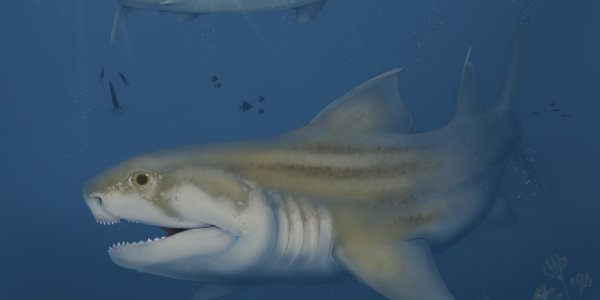
New fossil shark records from Alabama
Paleozoic rock formations outcrop throughout northern Alabama and have been studied heavily due to their invertebrate diversity and abundance. Despite this heavy invertebrate literature base, vertebrates have been understudied. Recently, the Bangor Limestone of northern Alabama has had multiple new ~330 million-year-old shark species discovered within it. These investigations have led to further fieldwork and museum studies of previously collected shark teeth, including specimens discovered by University of Alabama Museums’ Research Associate of Paleontology Gabe Ward during his undergraduate degree […]
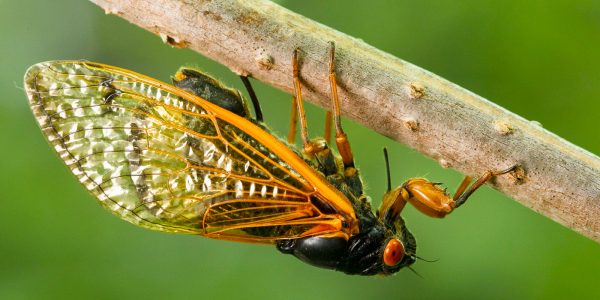
Summer Cicada Surge Could Make for a Tasty Treat
In Alabama, the sound of cicadas often signals the beginning of summer. This year, their signature seasonal signal is expected to be a little louder. Every year, the annual cicadas emerge in broods in different locations all around the United States. They have a greenish to dark gray colored body and black eyes. However, this year in Alabama, two broods of periodical cicadas are set to emerge at the same time. These insects have red eyes. Brood XIII and Brood XIX are expected to […]
